Cross posted from The Stars Hollow Gazette
This is your morning Open Thread. Pour your favorite beverage and review the past and comment on the future.
Find the past “On This Day in History” here.
June 10 is the 161st day of the year (162nd in leap years) in the Gregorian calendar. There are 204 days remaining until the end of the year.
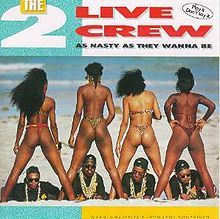
On this day in 1990, Luther Campbell and fellow 2LiveCrew members are arrested on obscenity charges
Though the First Amendment to the Constitution clearly states that the U.S. Congress “shall make no law…abridging the freedom of speech,” free speech is widely understood to have its limits. It is dangerous and potentially criminal, for instance, to yell, “Fire!” in a crowded theater. But what about yelling “$&%#@!!” in a crowded nightclub? Lenny Bruce and other comedians tested the limits of that practice in the 1960s, but it was not until the late 1980s that the issue of obscenity came front and center in the world of popular music. The group that brought it there was 2LiveCrew, a hip-hop outfit led by Luther “Luke Skyywalker” Campbell. On June 10, 1990, just days after a controversial ruling by a Florida federal judge, Campbell and two other members of 2LiveCrew were arrested on charges of public obscenity after performing material from their album As Nasty As They Wanna Be in a Hollywood, Florida, nightclub.
In 1989, the group released their album, As Nasty As They Wanna Be, which also became the group’s most successful album. A large part of its success was due to the single “Me So Horny”, which was popular despite little radio rotation. The American Family Association (AFA) did not think the presence of a “Parental Advisory” sticker was enough to adequately warn listeners of what was inside the case. Jack Thompson, a lawyer affiliated with the AFA, met with Florida Governor Bob Martinez and convinced him to look into the album to see if it met the legal classification of obscene. In 1990 action was taken at the local level and Nick Navarro, Broward County sheriff, received a ruling from County Circuit Court judge Mel Grossman that probable cause for obscenity violations existed. In response, Luther Campbell maintained that people should focus on issues relating to hunger and poverty rather than on the lyrical content of their music.
Navarro warned record store owners that selling the album may be prosecutable. The 2 Live Crew then filed a suit against Navarro. That June, U.S. district court Judge Jose Gonzalez ruled the album obscene and illegal to sell. Charles Freeman, a local retailer, was arrested two days later, after selling a copy to an undercover police officer. This was followed by the arrest of three members of The 2 Live Crew after they performed some material from the album at a nightclub. They were acquitted soon after, as professor Henry Louis Gates, Jr. testified at their trial in defense of their lyrics. Freeman’s conviction was overturned on appeal as well.
In 1992, the United States Court of Appeals for the Eleventh Circuit overturned the obscenity ruling from Judge Gonzalez, and the Supreme Court of the United States refused to hear Broward County’s appeal. As in the Freeman case, Gates testified on behalf of Navarro, arguing that the material that the county alleged was profane actually had important roots in African-American vernacular, games, and literary traditions and should be protected.
As a result of the controversy, As Nasty As They Wanna Be sold over two million copies. It peaked at #29 on The Billboard 200 and #3 on the Top R&B/Hip-Hop Albums chart. A few other retailers were later arrested for selling it as well, including Canadian Marc Emery who was convicted in Ontario in 1991, and would later gain fame as a marijuana activist. Later hard rock band Van Halen sued over an uncleared sample of their song “Ain’t Talkin’ ‘Bout Love” in The 2 Live Crew Song “The Fuck Shop”. The publicity then continued when George Lucas, owner of the Star Wars universe, successfully sued Campbell for appropriating the name “Skywalker” for his record label, Luke Skyywalker Records. Campbell changed his stage name to Luke (and changed the record label’s name to Luke Records) and the group released an extremely political follow up album, Banned in the USA after obtaining permission to use an interpolation of Bruce Springsteen‘s Born in the U.S.A. The 2 Live Crew paraphernalia with the Luke Skyywalker or Skyywalker logos are often sought-after collector’s items.

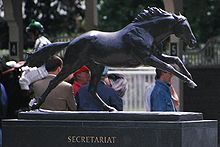
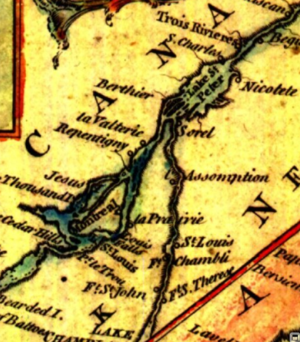
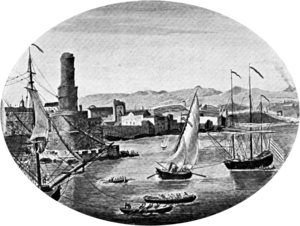
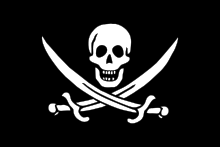 Port Royal provided a safe harbour initially for privateers and subsequently for pirates plying the shipping lanes to and from Spain and Panama. Buccaneers found Port Royal appealing for several reasons. Its proximity to trade routes allowed them easy access to prey, but the most important advantage was the port’s proximity to several of the only safe passages or straits giving access to the Spanish Main from the Atlantic. The harbour was large enough to accommodate their ships and provided a place to careen and repair these vessels. It was also ideally situated for launching raids on Spanish settlements. From Port Royal, Henry Morgan attacked Panama, Portobello, and Maracaibo. Roche Brasiliano, John Davis (buccaneer), and Edward Mansveldt (Mansfield) also came to Port Royal.
Port Royal provided a safe harbour initially for privateers and subsequently for pirates plying the shipping lanes to and from Spain and Panama. Buccaneers found Port Royal appealing for several reasons. Its proximity to trade routes allowed them easy access to prey, but the most important advantage was the port’s proximity to several of the only safe passages or straits giving access to the Spanish Main from the Atlantic. The harbour was large enough to accommodate their ships and provided a place to careen and repair these vessels. It was also ideally situated for launching raids on Spanish settlements. From Port Royal, Henry Morgan attacked Panama, Portobello, and Maracaibo. Roche Brasiliano, John Davis (buccaneer), and Edward Mansveldt (Mansfield) also came to Port Royal.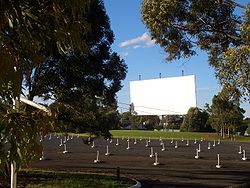
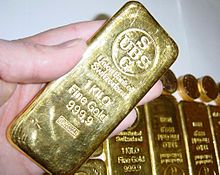



 On this day in 1980,
On this day in 1980,  The Cable News Network was launched at 5:00 p.m. EST on Sunday June 1, 1980. After an introduction by Ted Turner, the husband and wife team of David Walker and Lois Hart anchored the first newscast. Burt Reinhardt, the then executive vice president of CNN, hired most of CNN’s first 200 employees, including the network’s first news anchor, Bernard Shaw.
The Cable News Network was launched at 5:00 p.m. EST on Sunday June 1, 1980. After an introduction by Ted Turner, the husband and wife team of David Walker and Lois Hart anchored the first newscast. Burt Reinhardt, the then executive vice president of CNN, hired most of CNN’s first 200 employees, including the network’s first news anchor, Bernard Shaw.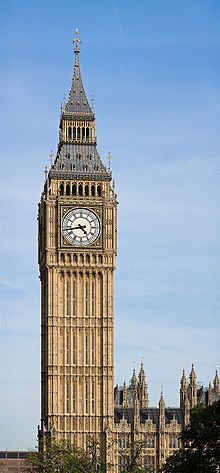 On this day in 1859,
On this day in 1859,  The main bell, officially known as the Great Bell, is the largest bell in the tower and part of the Great Clock of Westminster. The bell is better known by the nickname Big Ben.
The main bell, officially known as the Great Bell, is the largest bell in the tower and part of the Great Clock of Westminster. The bell is better known by the nickname Big Ben.
